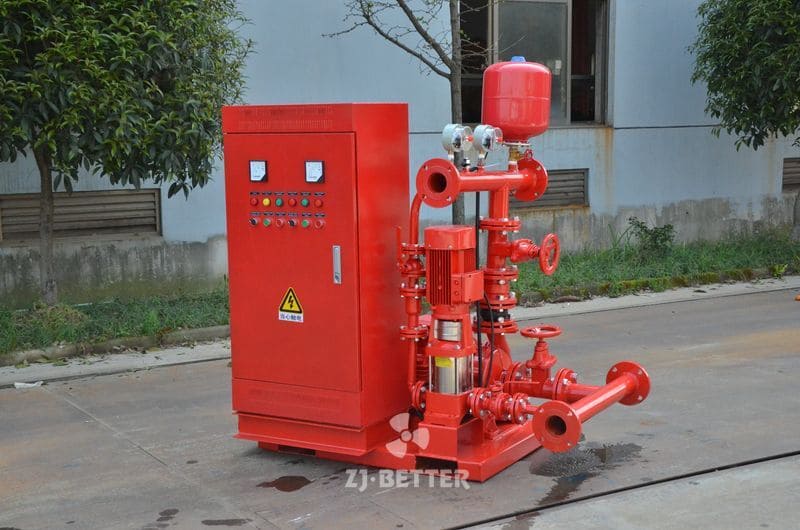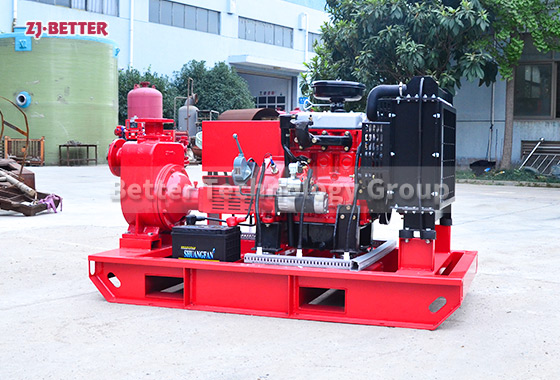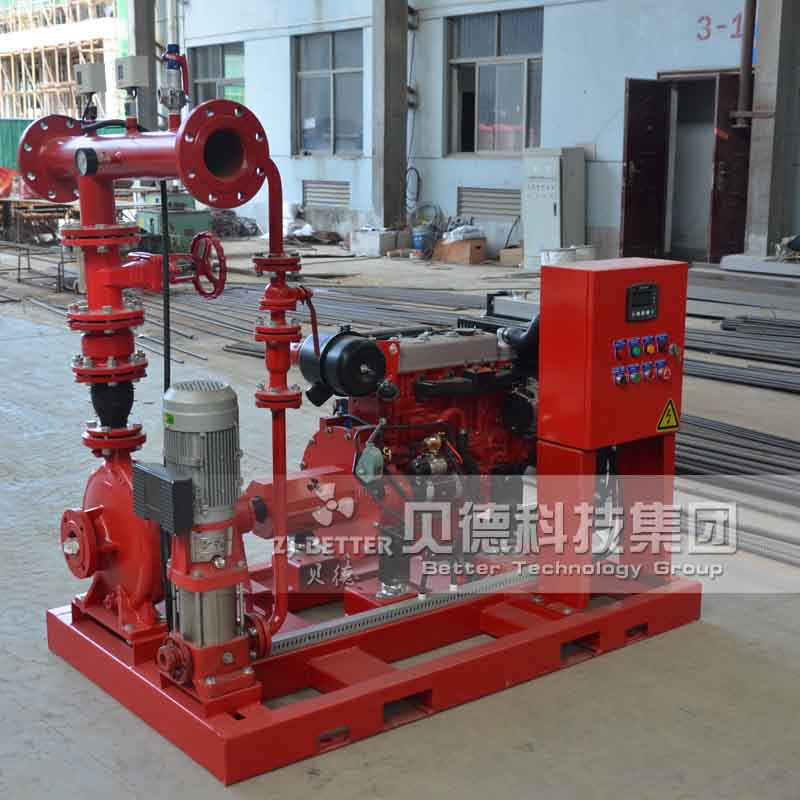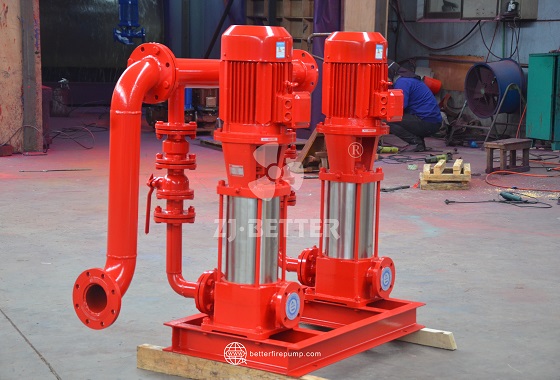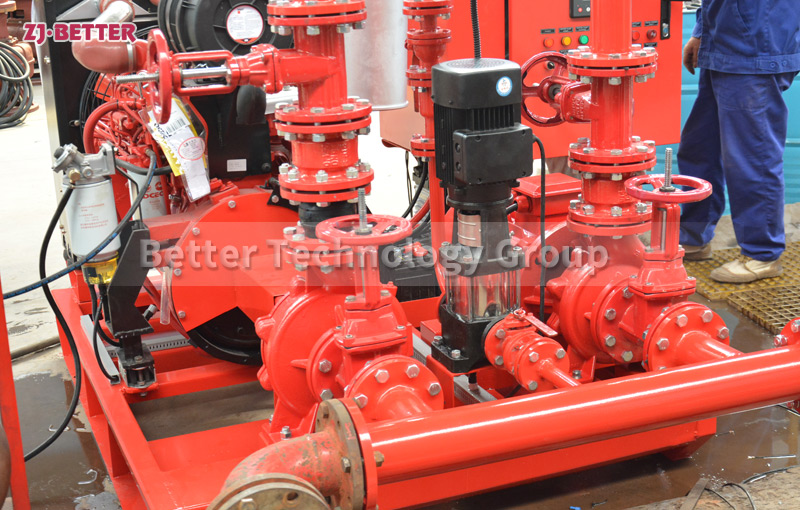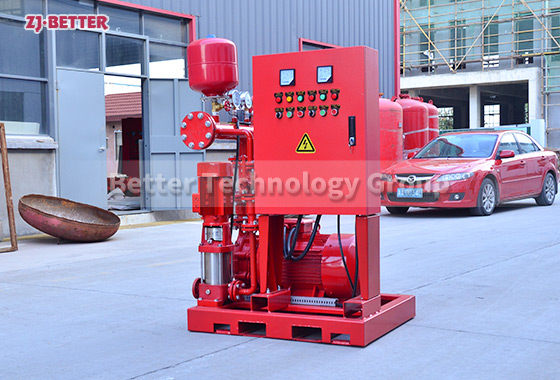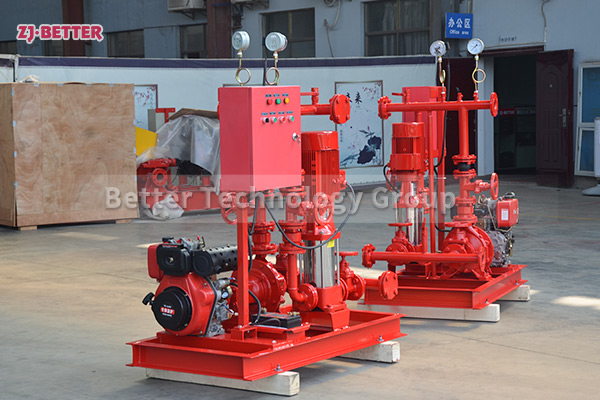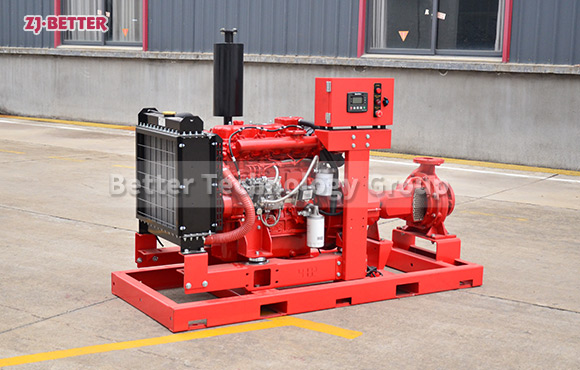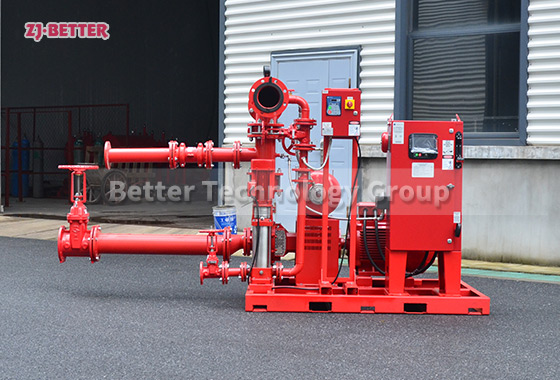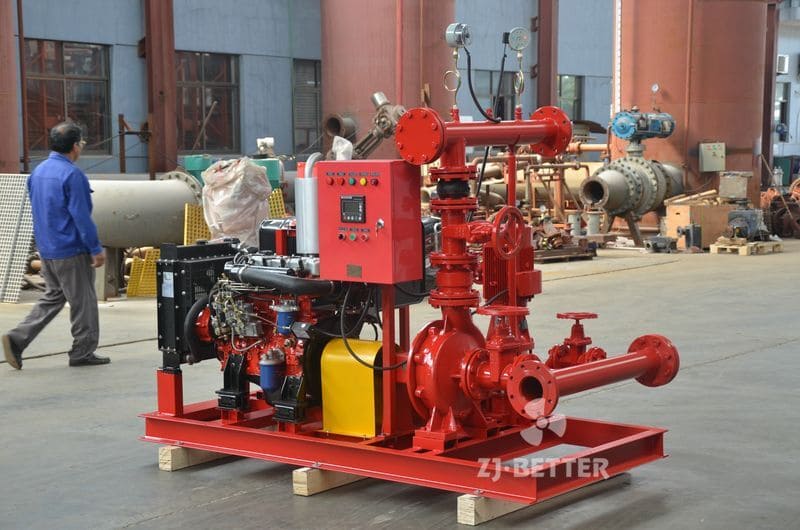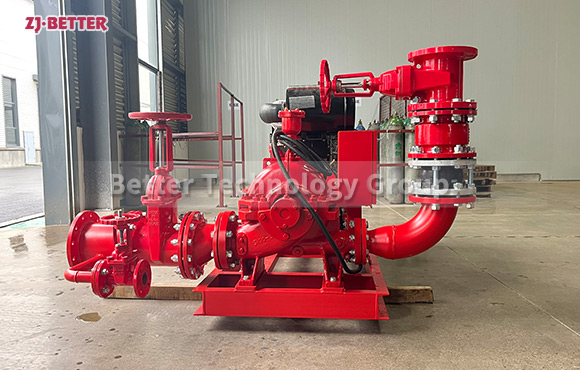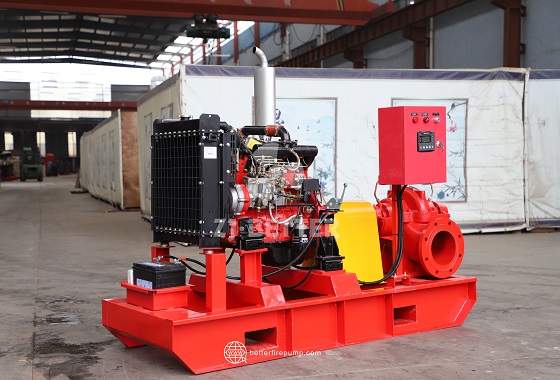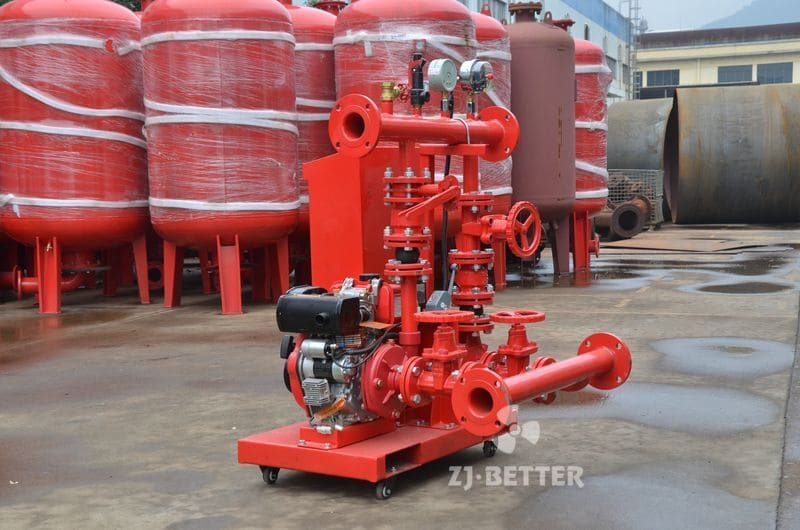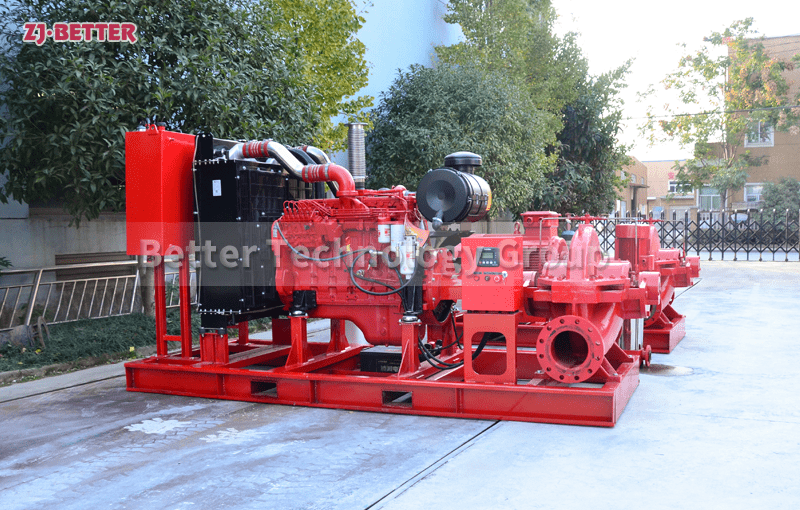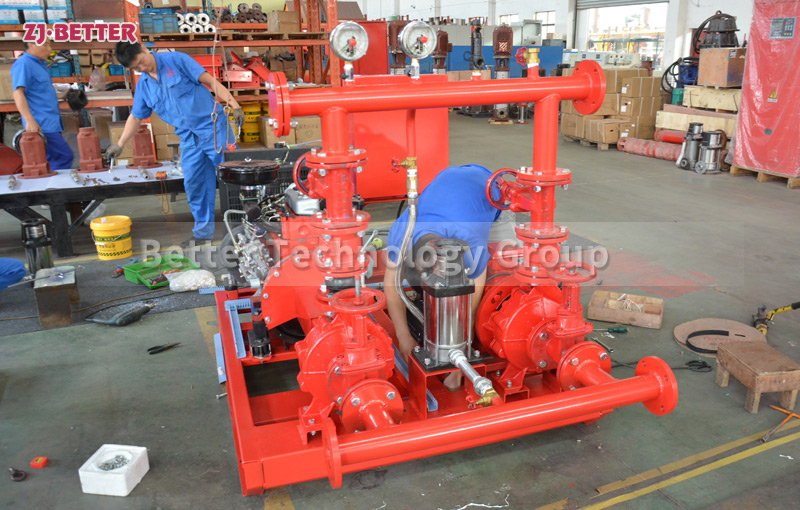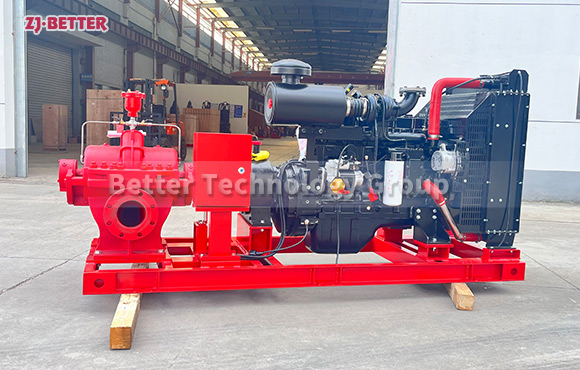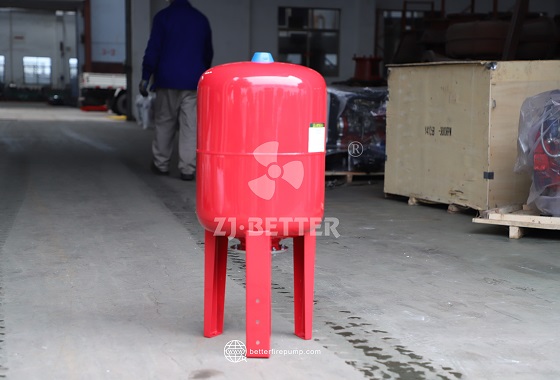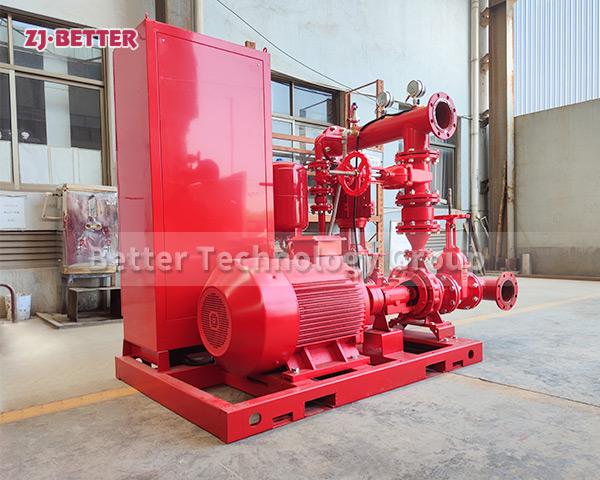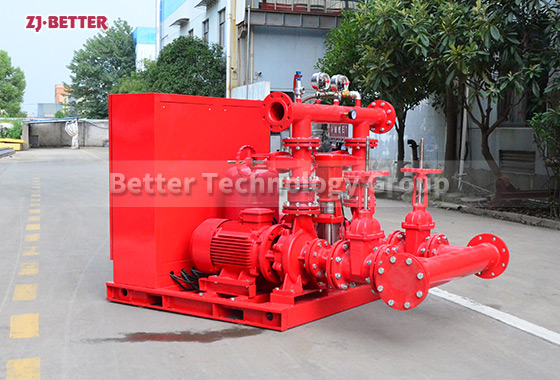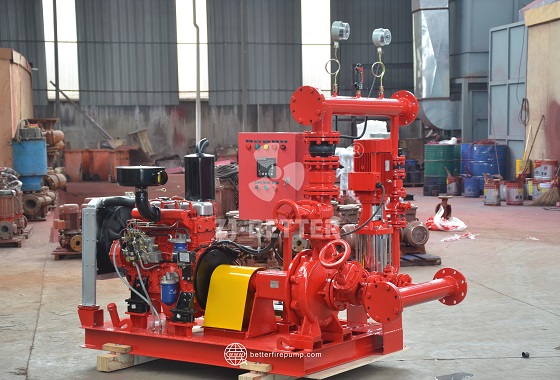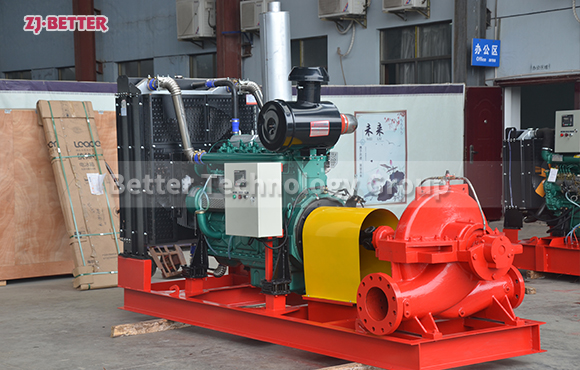Mobile Firefighting Solutions: Rapid Response with Portable Fire Pumps in Early Fire Control
Discover the power and reliability of portable fire pumps—compact, efficient, and ideal for rapid emergency response. Designed for high pressure, quick startup, and easy operation, these pumps deliver outstanding fire suppression performance in remote areas, industrial zones, and urban settings, ensuring fast water supply and enhanced firefighting efficiency.
Portable fire pumps, a crucial component of modern firefighting equipment, have become indispensable in various emergency firefighting and rescue scenarios due to their small size, light weight, rapid start-up, and ease of operation. Unlike traditional stationary fire pumps, the greatest advantage of portable fire pumps lies in their mobility and flexibility. They can reach the scene in the shortest possible time and quickly complete firefighting operations such as water intake, pressurization, and supply even without external power or a fixed water source, significantly improving the speed and efficiency of initial fire response. During the golden rescue time in the early stages of a fire, portable fire pumps can start quickly, providing firefighters with strong water pressure support to prevent the fire from spreading and buying valuable time for subsequent large-scale firefighting equipment. Portable fire pumps typically use gasoline or diesel engines as their power source, achieving high head and large flow water supply through a highly efficient and energy-saving centrifugal pump system, possessing strong adaptability and continuous working capacity. Whether in urban building fires, rural residential fires, forest and mountain fires, or emergency firefighting missions in industrial parks, they can efficiently complete firefighting and water supply tasks. The equipment’s structural design has been scientifically optimized. The overall frame is welded from high-strength steel and supplemented with anti-vibration supports and damping pads, effectively reducing vibration and noise during operation and ensuring operational stability. The engine is equipped with an automatic adjustment system that automatically adjusts speed and fuel consumption according to load changes, ensuring continuous water supply pressure while reducing energy consumption and equipment wear. The pump body is made of corrosion-resistant metal and undergoes high-temperature spraying for rust prevention. The internal impeller structure features a fluid dynamics-optimized design, significantly improving pumping efficiency and head performance. The inlet and outlet use standard flange connections, allowing for quick connection with fire hoses or other water supply equipment, making operation more efficient and convenient. Furthermore, the portable fire pump offers multiple starting methods, allowing users to choose between manual or electric start depending on the environment, meeting emergency needs in different scenarios. The electric start system has a built-in battery with low-temperature start capability, enabling rapid activation even in cold or harsh weather conditions—a feature particularly important in high-altitude mountainous areas and wilderness environments. The portable fire pump features a rationally designed fuel system, a large fuel tank capacity, and a long operating time, enabling continuous operation for extended periods without frequent refueling. This makes it particularly effective in handling large-scale fires or long-distance water delivery. Portable fire pumps are not only suitable for professional fire brigades but also widely used in emergency firefighting systems in factories, warehouses, docks, oil depots, mines, schools, hospitals, and residential communities. They can also be used for emergency drainage, agricultural irrigation, river water extraction, and pond replenishment, offering high economic efficiency and practicality. Due to its lightweight design, the equipment is flexible in transportation, reaching the scene by hand, vehicle, or towed by a small transport vehicle, allowing for rapid deployment even in areas with poor transportation or complex disaster situations. Safety is a core design principle of the portable fire pump. The equipment is equipped with an anti-backflow device and an automatic pressure relief valve, which automatically releases pressure when the pipeline pressure is too high, preventing system damage. The engine section has an automatic low-fuel protection system that automatically stops operation when fuel or lubricating oil is insufficient, preventing damage from dry running. It is also equipped with a fireproof cover and exhaust protection device to prevent operators from being burned by the high-temperature exhaust gas. The control panel features a waterproof and dustproof design, clear instruments, and simple, intuitive operation, allowing staff to operate it proficiently without complex training. To ensure the reliability of the equipment in complex environments, portable fire pumps undergo rigorous performance testing before leaving the factory, including flow rate testing, head testing, pressure stability testing, and continuous operation testing, ensuring that each product maintains optimal performance in real-world situations. Its durability has been repeatedly verified, resulting in a long service life, low maintenance costs, standardized parts, and easy replacement and repair. In recent years, with accelerated urbanization and increased fire safety awareness, the technology of portable fire pumps has been continuously innovated. The new generation of products uses high-efficiency, low-emission engines in the power system, providing not only stronger power but also greater environmental friendliness. The control system incorporates an intelligent monitoring module that can monitor operating parameters such as water pressure, water flow, speed, and temperature in real time, enabling remote monitoring and automatic shutdown protection. Structurally, it tends towards modular and lightweight design, further enhancing the overall portability. These improvements broaden the application of portable fire pumps, meeting not only the high standards of fire rescue but also adapting to various tasks such as industrial safety, emergency rescue, and infrastructure repair. Its superior performance and reliable operation have secured its important position in fire protection systems worldwide. Portable fire pumps are particularly crucial for initial fire control. Fires develop suddenly and rapidly; rapid deployment of firefighting equipment in the early stages can effectively suppress the fire and prevent large-scale disasters. Portable fire pumps are key equipment for achieving “early water delivery and rapid fire suppression.” They can self-prime even when water sources are far away or power is interrupted, and then precisely spray water to the fire point through a high-pressure delivery system for efficient fire suppression. The advantages of portable fire pumps are even more pronounced in rural areas, mountainous forest areas, and factory perimeters where fixed fire-fighting facilities are lacking. With continuous technological advancements, the future development of portable fire pumps will focus on greater intelligence and efficiency. Wireless remote control, automated monitoring, and unattended start-up functions will become increasingly common, making firefighting operations safer, faster, and more precise. Simultaneously, with the development of green energy technologies, electric and hybrid fire pumps will become new trends, bringing more low-carbon and energy-saving solutions to the fire protection industry. In summary, portable fire pumps, with their lightweight, flexibility, superior performance, wide application, and ease of maintenance, have become one of the most practical pieces of equipment in emergency firefighting systems. They not only provide firefighters with an efficient and reliable means of extinguishing fires, but also offer solid technical support for protecting people’s lives and property. Whether in urban high-rises, rural residences, or complex outdoor environments, portable fire pumps, with their excellent performance and strong mobility, provide solid protection for every fire emergency, becoming an important symbol of the modernization of firefighting equipment.



